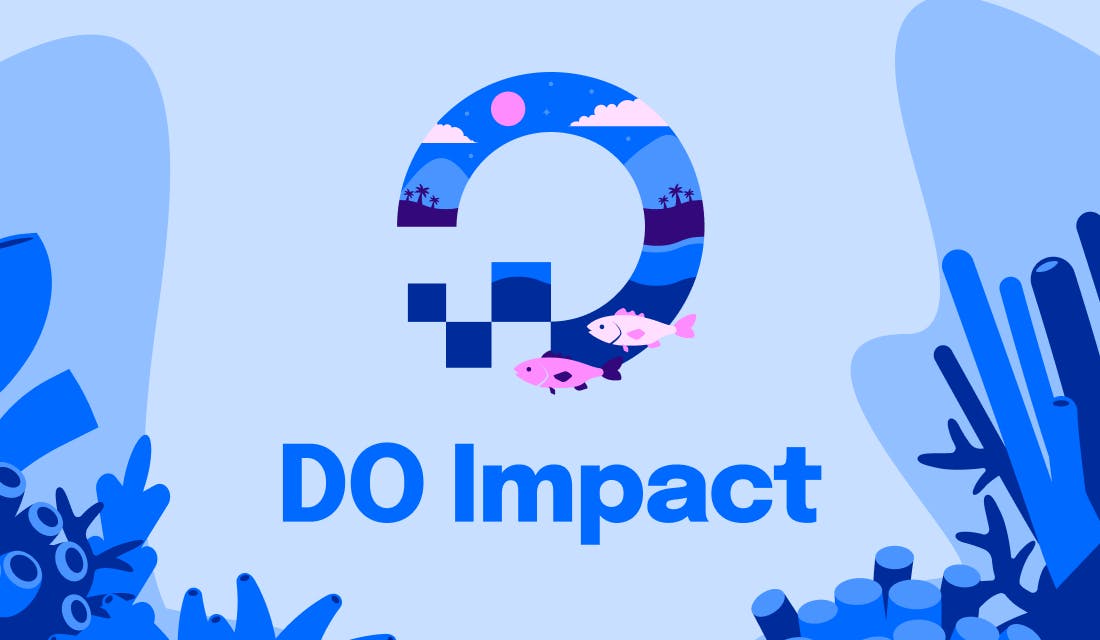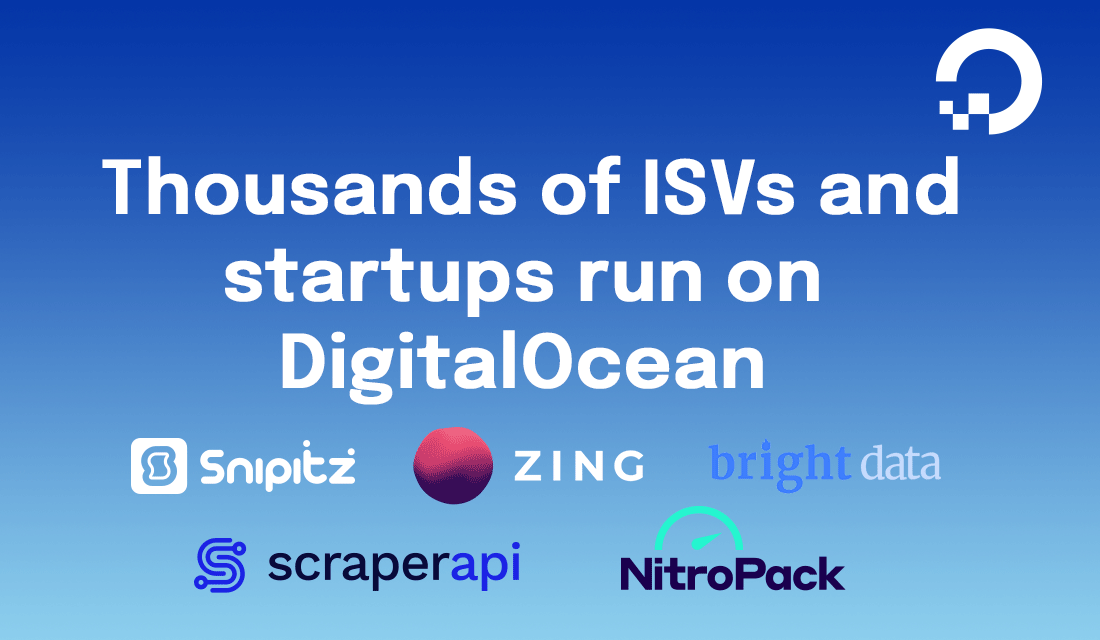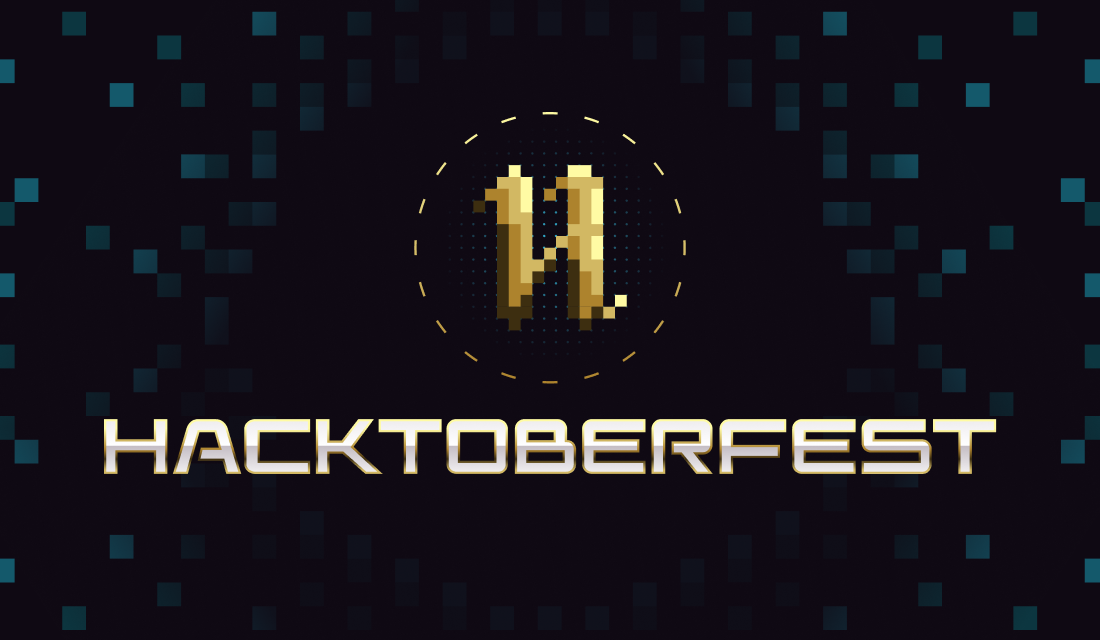As as developer-first company, we are always looking for meaningful channels to engage with the developer community. Our Community site contains over 1,900 tutorials on various DevOps and system administrator topics, and our Meetups host a community of 40,000+ members across 73 groups in 33 countries where members share resources, learn, and have discussions about technical topics.
We started organizing webinars as a way to combine the best of both worlds: the learning experience available through our online tutorials and the interactivity and camaraderie facilitated through our in-person meetups. Since our first webinar in September 2016, we have organized more than 30 webinars on a wide range of themes, including containers, orchestration, CI/CD, configuration management, and big data, with developers from around the world tuning in to our content.
We’ve learned a lot over the past two years and want to share how community organizers can create webinars to engage further with their communities.
1. Choosing the right webinar tool
The virtual nature of webinars is a prime advantage compared to in-person events. Attendees can join from anywhere in the world, providing them greater flexibility and accessibility. Without the limits of physical capacity, webinars allow for greater attendance.
Organizers of in-person events have an arsenal of techniques for audience engagement, such as Q&As, live quizzes and social media contests. To retain some of that flavor online, you must carefully choose the tool for delivering a webinar. Commonly-used tools include Google Hangouts, Zoom, GoToWebinar, and On24.
We use GoToWebinar for many of our webinars. To help attendees focus on the demos and technical content that a speaker is sharing, we primarily do screencasts. This, coupled with other in-session engagement features such as live polls, helps us gauge audience interest and customize our content on-the-fly.
Tip: Many of the webinar and engagement tools often have associated costs. Evaluating the tools in the context of your goals and budget will help you deliver more value to your community.
2. Getting the right equipment
If a webinar session is being recorded for later viewing, it is important to consider factors that would produce a high-quality video output suitable to your audience. Some of these are:
Video Resolution
Ensure the tool you choose supports recording in HD resolution or higher. In some tools, this depends on the resolution of the speaker’s display or webcam.
Audio Quality
Many professional webinar speakers and organizers invest in a professional microphone setup for a high-quality audio recording. Whenever possible, do a trial-run with your speakers to test their microphones, the ambient noise, and their internet connection to ensure a better experience for your attendees.
Post-Processing
Like any other video, many webinar sessions require post-processing such as video editing, animation overlays, and audio corrections, which will help deliver a better video output. The time taken for this process can be reduced by checking audio and video quality before the session, ensuring relevant animations/diagrams/graphics are created beforehand, and other post-processing factors such as frame-rates are considered.
3. Targeting attendees globally
Due to the virtual nature of webinars, developers from all around the world can attend or engage with your sessions. While targeting to engage with developers globally, there are a few key things to keep in mind:
Content
The content must resonate with your global audience and not be restricted to a certain geography. For example, a webinar on best practices for hosting developer events in the U.S. might not relate to community organizers in India.
Speaker/s
The speaker for the sessions should also be relevant to the global audience in terms of their vocabulary, language, and speaking style. The content delivered by the speaker should be understood by both native and non-native English speakers.
Time
It is essential that the time of the live session is considerate of the global audience. The cultural and social factors of the target geographies come into play here while deciding the appropriate time for your session, such as weekends vs. weekdays, evenings vs. mornings, and length. Based on your target audience, you can identify a ‘sweet-spot’ that would be suitable for a majority of your target audience. An alternative to this would be to host multiple sessions in different time zones that would be convenient to the respective regions.
The content of our webinars is technology-oriented and geography-agnostic, which draws thousands of developers from all over the world. The speakers delivering this content are well-known subject matter experts who have experience in delivering their content to international audiences.
Tip: Having an idea of the geographies that you wish to target will help you build better engagement with developers across the world.
4. Creating a learning path
A major reason for your audience to attend webinars is to learn by the various means available through a live session. Not every attendee might be fully equipped to assimilate the content in terms of their understanding and skill levels. While some might be experts on the content and expecting answers to specific questions, others might be beginners looking to understand the basics.
Creating a learning path will help attendees evaluate their understanding and self-select their learning path by attending all or a specific set of sessions within a published content curriculum. The learning path can consist of multiple webinar sessions along with various types of accompanying supplementary resources.
In our webinar series on containers and microservices, our learning path consisted of six webinar sessions with accompanying DigitalOcean tutorials and quizzes for self-evaluation.
Tip: Continuously engage with devs to help them navigate the learning path. An example is by targeting email campaigns to people based on which stage they are in the learning path.
In my next post, I will share what happens during and after the webinar. If you have any questions about the tips I’ve provided, feel free to leave a comment below!
Karan MV is the India Outreach Manager at DigitalOcean. He is focused on building and helping developer and startup communities leverage DigitalOcean to solve their problems. He launched the webinars program at DigitalOcean and is currently involved in scaling it.



